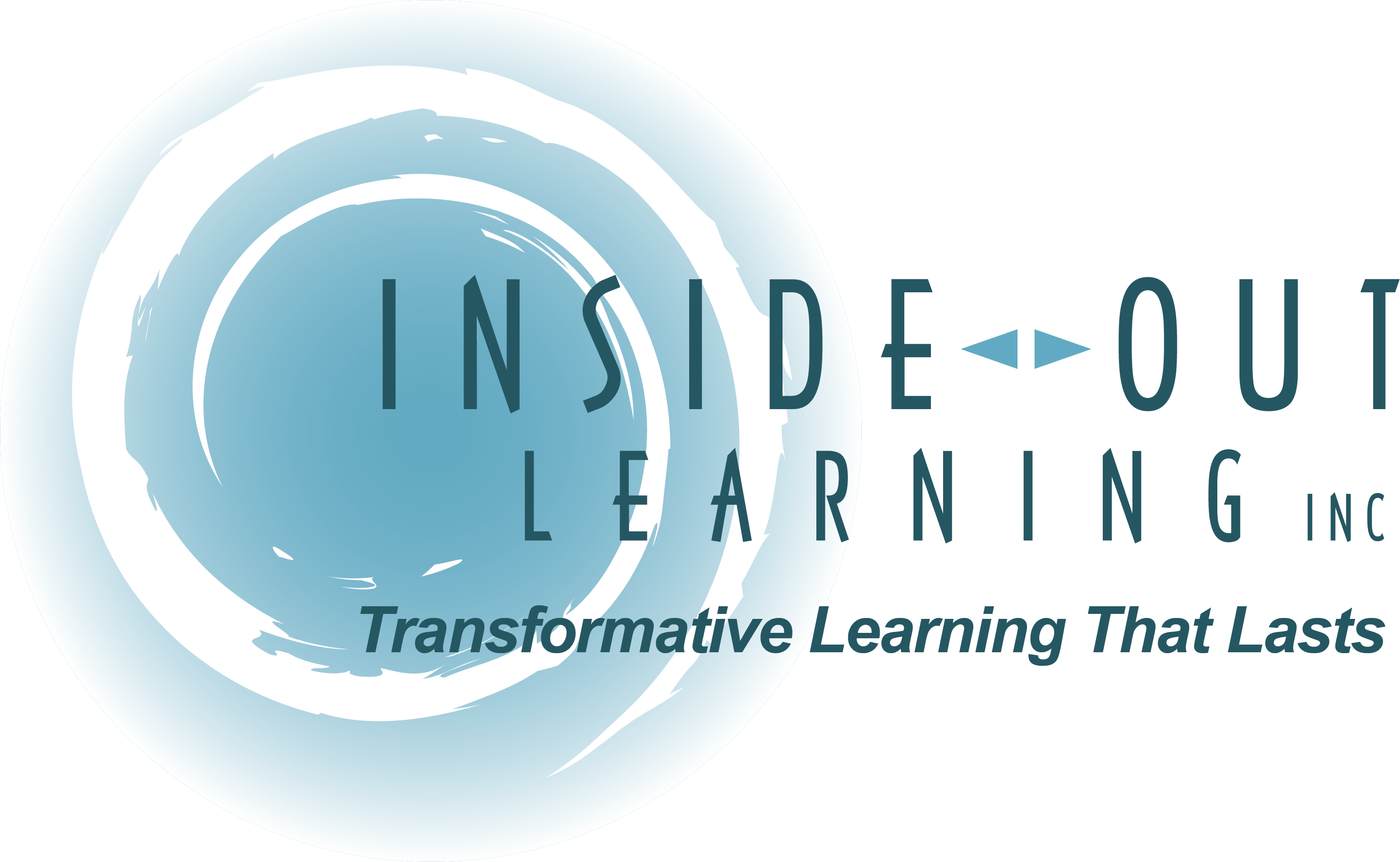5 ways to connect with people almost instantly, even when you’re remote
*Forwarded from Feedly*
5 ways to connect with people almost instantly, even when you’re remote
Remember handshakes? Or even fist-bumps?
The “old” rules of making a good impression—smile, make eye contact, and have a firm handshake—are decidedly tougher, if not altogether frowned upon, in the age of social distancing. This can make it tough to create memorable or warm encounters with people you meet at virtual networking events or even with colleagues you don’t know well.
It’s not ideal, says public speaking and communication coach Nick Morgan, author of Can You Hear Me? How to Connect with People in a Virtual World. “What we’re doing are things that make a bad situation better,” he says.
Whether you’re meeting someone for the first time or working on building those warm relationships with colleagues you don’t know well, here are some tips to help you “click” with your contacts and colleagues, even remotely:
Make it personal
Some best practices are the same, says business coach Christina Noel. Noel says she has participated in virtual networking events during the pandemic and has been successful at building great relationships, she says. She says it’s important to ask open-ended questions based on what the person has told you. For example, if they’ve shared that they have children or a particular hobby, ask, “So, how are your children doing?” or “How was that hike you mentioned?” People will often disclose more to you about what’s meaningful to them—and appreciate that you remembered to ask, she says. “Asking that kind of question is making it okay to be human,” she says.
Mirror language and behavior
When you’re connecting with someone in person, you may find yourself mirroring their body language or behavior, Morgan says. That’s not a great idea over videoconferencing, since you generally can’t see the person beyond head and shoulders. But, you can mirror their language, he says. “If you hear them using a phrase, when you’re answering a question or you’re adding to something they’ve said, then repeat their language back to them,” he says. That’s often comforting and makes the listener feel like you’re in agreement, he says. For example, let’s say they, “I’m concerned about the deadline,” your response might be, “Oh, I understand your concern about the deadline. Here’s what we can do about that.”
Mirroring is also matching tone of voice or speech cadence—if you speak very quickly and your contact does not, slow down a bit—and nodding your head. But a little mirroring goes a long way. If you shift over into full-on parroting what they say, it’s going to get creepy.
Overcome awkwardness
Videoconferencing can be creepy enough. The technology isn’t perfect and can make awkward pauses and interpersonal connections worse. A slight lag in sound may cause people to interrupt or speak over each other. Lack of eye contact may make participants feel as if their colleagues are not paying attention. (To maintain eye contact, look in the camera, not on the screen.) Be aware of these technological challenges and, if you can, compensate for them by being mindful of your behavior in the videoconference.
Have virtual coffee
Video chats don’t have to be formal, purpose-driven meetings. Leadership coach Kevin Eikenberry, author of The Long Distance Leader: Rules for Remarkable Remote Leadership, finds that scheduling brief, informal catch-up sessions goes a long way toward building relationships when people are working remotely. “Remember that our work isn’t just the stuff on our list. The longer that we work remotely alone, the more we see our work as insular and separate,” he says. It’s important to connect with others we work with to feel connected to a greater team effort, he says. Use your virtual coffee to get to know each other or catch up, depending on the relationship.
And don’t be afraid to “go first,” Morgan says. If you’re trying to develop a closer or deeper relationship with a work colleague or contact, share something about yourself first to open the door to a more personal connection, if that’s what you’re seeking.
Be intentional
Being in proximity with each other at an event or in the workplace lends itself to casual conversations or watercooler chat. But when every face-to-fact interaction is through videoconferencing, there’s no real way to differentiate between a quick check-in and a serious meeting. This is you have to overcompensate somewhat, Morgan says.
State your intent when scheduling or at the beginning of the call. For example, “This is just an informal chat to catch up.” Or, “I’d like to go over a few concerns I have.” It may seem like intent is understood, but setting the expectation upfront is going to set the tone of the meeting and let people know what to expect from you, he says. Most people like others better when they don’t pull punches.
via Fast Company “https://ift.tt/1cEtZb6”
September 24, 2020 at 03:13AM

